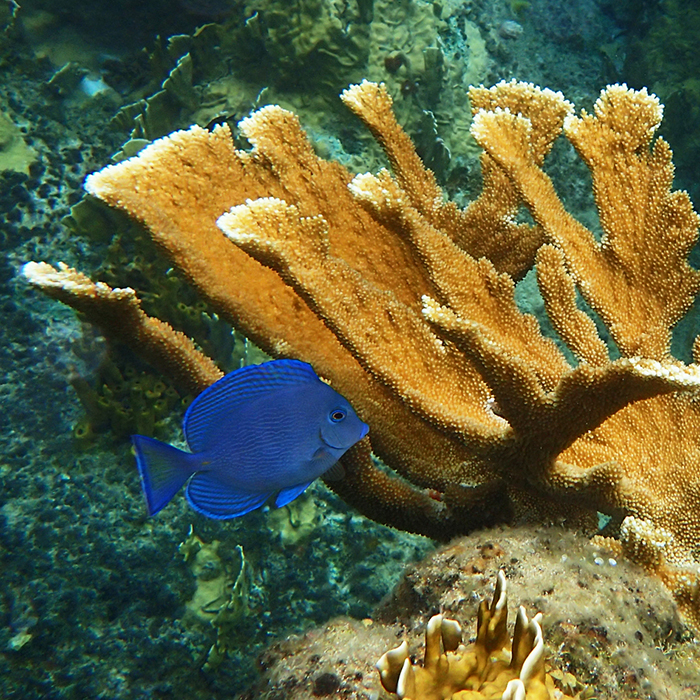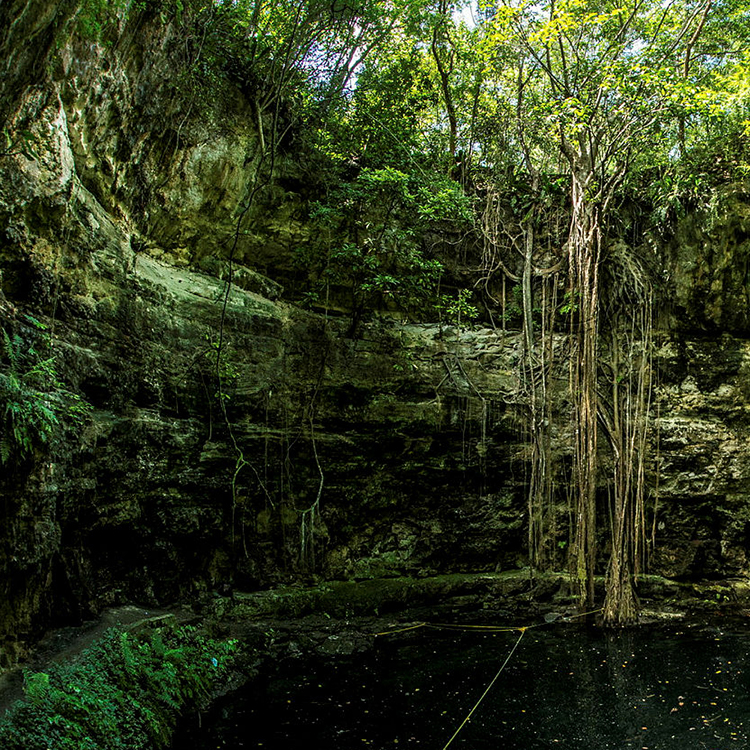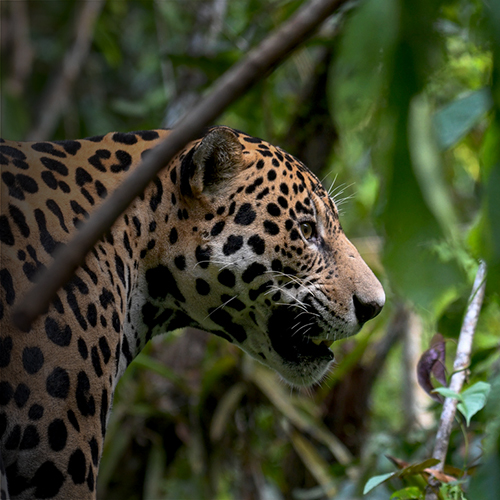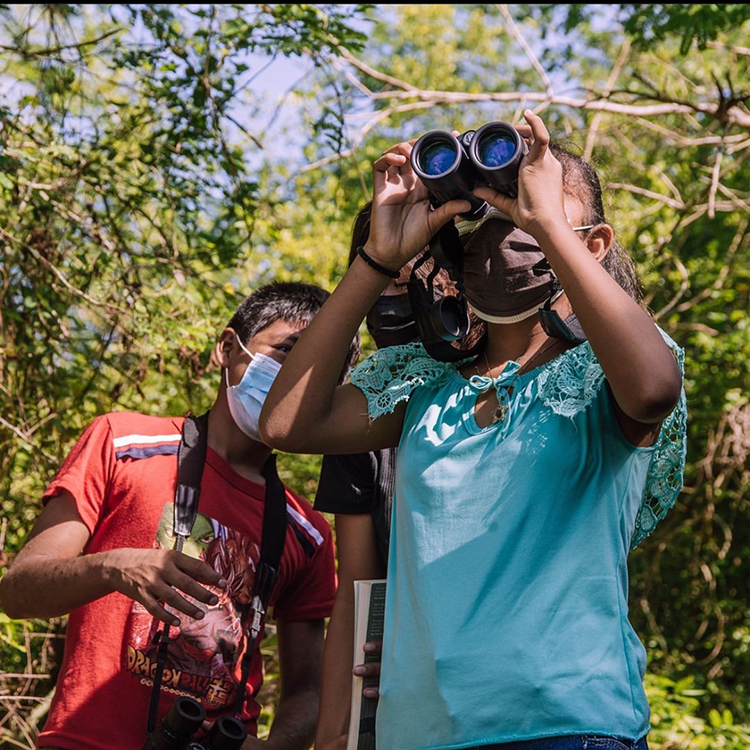HOW WE DO IT
- KNOWLEDGE
To advance and support our actions on scientific knowledge, traditional knowledge and successful society experiences.
- COLLABORATION
To search for and foster committed participation from all sectors: communities, academia, civil society organizations, private sector and governments. To motivate the creation and strengthening of alliances.
- CAPACITY BUILDING
To create awareness of environmental issues through capacity building and to inspire participation and action to solve them.
- COMMUNICATION
To disseminate knowledge and experience to distinct audiences using clear, straight forward and positive narratives.

YUCATAN TROPICAL FOREST
© Martin Broen
WHY THE YUCATAN PENINSULA?
In 1996 Claudia and Roberto Hernandez began interacting with the Maya area in the Yucatan Peninsula. Since then, they realized the exhuberant natural diversity, the complexity of the Maya culture, its past, and overall, its actual relevance.
The Yucatan Peninsula has unique natural and cultural landscapes and five World Heritage Sites recognized by UNESCO.
The largest tract of tropical forest in America, outside of the Amazon is here, where the most abundant populations of top predators like jaguar and puma live, along with charismatic species such as the tapir, spider and howler monkeys, , the Great curassow and Ocellated turkey, American crocodile and Morelet´s crocodile, over 600 species of birds and over 3,500 plant species .
The Yucatan Peninsula slowly emerged from the bottom of the sea in the past five million years. The geology of predominantly karst soils, has created a unique scenery of subterranean water flows, which in turn, are responsible for the mesmerizing landscape of 7,000 to 8,000 cenotes (sinkholes), places of exceptional natural beauty as well as prominent cultural relevance. The ring of cenotes in the northwest maintains the signature of the great impact of Chicxulub meteorite, who changed the history of the whole planet 65 million years ago.
During the past decades, remains of a dozen ancient human beings from 11 to 14 thousand years ago, have been discovered in the subterranean rivers of the peninsula. These human beings lived along the megafauna of the Ice Age, such as gonfoterians (relatives of elephants), saber-toothed tigers, bears and giant sloths.
In the Caribbean side of the Peninsula, we find the second largest reef, the Mesoamerican reef, comparable only to the Great Barrier Reef in Australia. The diversity of coastal and marine ecosystems around the Peninsula is overwhelming, from mangroves, lagoons, coral reefs, marine grasses. All of them home to the Whale shark, marine turtles, and many other fantastic organisms.

CAVE SYSTEM | © Martin Broen
The Maya culture, still vibrant in Yucatan, is witness of a tradition and continuity of over 4 thousand years. This culture, considered one of the great mesoamerican civilizations, has left enduring impressions of its greatness in the monumental architecture and artistic expressions. With a complex writing system they collected, recorded and comunicated mathematical and astronmical knowledge. The Maya government organization and their life phylosphy has also been recognized. Because of their vast wisdom they held an advanced economic model based on agriculture and gathering, which resulted in a complex social organization. Their wisdom, language, cosmovision, values and traditions are alive in the Peninsula.




